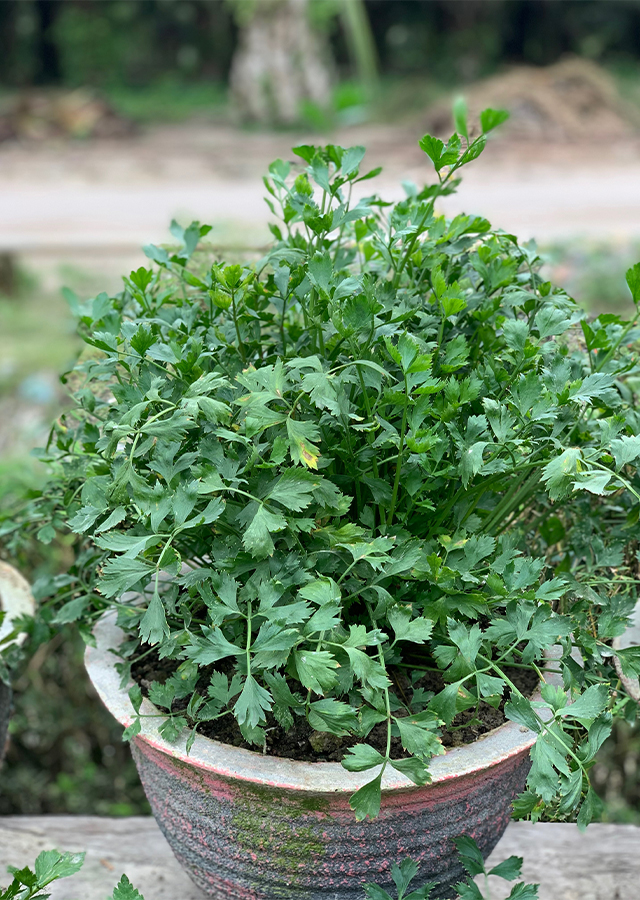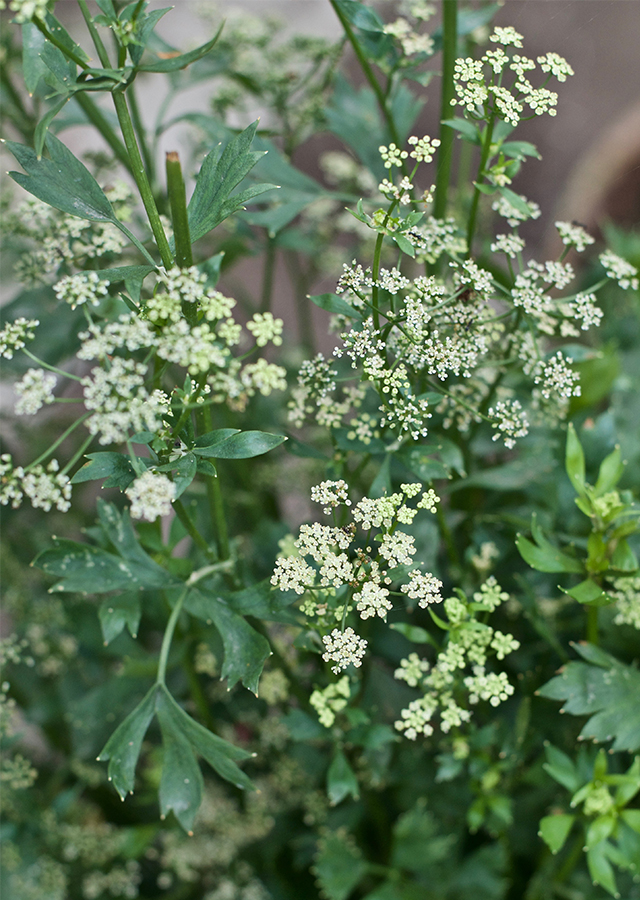Traditional Herbs from Apium graveolens
dry_eyes
- Wash 2 stalks of celery, 2 stalks of spinach, 1 stalk of basil.
- Choose all the ingredients and brew with 1 glass of hot water, strain.
- Drink while it's warm."], "lower_blood_pressure
- Boil 40 g\u00a0fresh leaves with 2 glasses of water for 15 minutes, cool and strain.
- Drink 2 x a day (morning and evening).
What is Apium graveolens Looks like??



Parts of Apium graveolens that could be used
- Leaves", "Seeds", "Roots", "Stems", "All Parts of the Plant
Apium graveolens Distribution
Celery originates from mainland Asia, especially in the Mediterranean around the Mediterranean Sea. In its development, celery spread widely and was cultivated almost throughout the world. The country that pioneered the cultivation of celery on a large scale was Taiwan. Gradually it began to be planted in the Philippines, Europe and America. Celery essential oil has value in perfumery and is used in perfumes. Generally used as an aroma enhancer in cooking and traditional medicine. One of the well-known contents of celery leaves is the flavonoids apiin and apigenin, which are important for overcoming free radical problems and hypertension.
Agroecology of Apium graveolens
Grows well at an altitude of 1,000-1,500 m above sea level and is optimal in environments with air temperatures ranging from 16-21 °C. The desired planting medium is soil that is well drained, able to retain water, and has a soil pH ranging from 5.8 to 6.7.
Morphology of Apium graveolens
- Tap root, thick, root system spreads in all directions, dirty white.
- Stem not woody, jointed, branched, upright pale green.
- Compound leaves, thin, pinnate veins with 3-7 leaflets , light green to dark green.
- Single flower, clear stalk, side of petals hidden, greenish white flower leaves/ pale pink with hooked tip.
- Fruit 3 mm long, angular stem, notched, very aromatic.
Cultivation of Apium graveolens
- Generative propagation (seeds), germination takes 7-12 days, transplant in the garden after 2 months of age.
- Vegetative propagation: taking seedlings from the parent celery plant.
Apium graveolens, more details :
Chemical Content of Apium graveolens
Flavonoids (apigenin), saponins, tannins, phenols, coumarins, steroids, alkaloids, kaempferol, apiin, falcarinol, panaxidol, 1-dodecanol, chlorogenic acid, apigenin, palmitic acid, stearic acid.
Benefits of Apium graveolens
Treating hypertension, increasing appetite, reducing uric acid levels in the blood, treating dry eyes, increasing fertility, antiseptic, anti-inflammatory, pain reliever, urinary laxative (diuretic), antirheumatic, sedative (sedative), antithyroid, anticancer.
Simplisia of Apium graveolens
- Select and separate the celery between the leaves, stems and flowers.
- Wash thoroughly using clean, running water, then drain.
- Wither the celery for approximately 24 hours.
- Dry (oven) at 40\ u00b0C, to obtain simplicia with a water content of 10%.
- Store in a clean and airtight container.
Another Facts for Apium graveolens :
Synonym of Apium graveolens
Apium australe� var.� latisectum� H.Wolff, Apium celleri� Gaertn., Apium decumbens� Eckl. & Zeyh.
Habitus of Apium graveolens
Herb. Biennial herb, less than 1 m high
Habitat of Apium graveolens



No comments:
Post a Comment